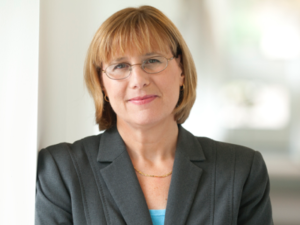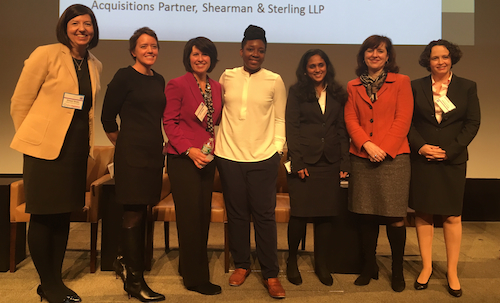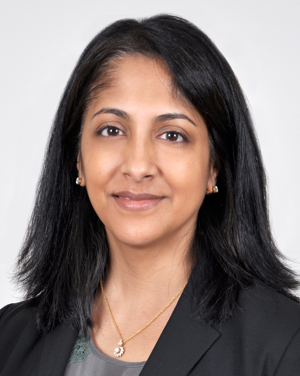 You don’t need to work in a male dominated occupation to find your pay check weighs light relative to your male colleagues – particularly, if you’re in business.
You don’t need to work in a male dominated occupation to find your pay check weighs light relative to your male colleagues – particularly, if you’re in business.
In March 2015, the US Census Bureau released the latest pay statistics from 2013, including median earnings by detailed occupation, showing that full-time working women earn 78.8% of what full-time working men do. The census data revealed that across 342 occupations, women (barely) out-earn men in only nine.
Across the nine, the female pay advantage is “nearly inconsequential,” ranging from .2% (counselers, dishwashers) to 6.2% (producers and directors), with a margin for error that could wipe the gap. Yet a very significant pay gap (advantage: male) persists across most professions, even when women are prevalent in them.
Data on relevant occupations illustrates the point:
| Occupation | % in occupation who are women | Women’s earnings as a % of men’s earnings |
|---|---|---|
| Securities, commodities, & financial services sales agents | 30% | 55% |
| Financial specialists, all other | 55% | 60% |
| Personal financial advisors | 31% | 61% |
| Financial clerks, all other | 61% | 62% |
| Financial analysts | 32% | 63% |
| Financial managers | 54% | 64% |
| Market research analysts and marketing specialists | 56% | 75% |
| Accountants and Auditors | 59% | 75% |
| CEOs | 23% | 76% |
| Compensation, benefits, & job analysis specialists | 74% | 78% |
Source: Drawn from US Census Bureau, 2013 American Community Survey
While frustrating gaps in occupations that are historically male-gendered (eg CEOS, financial analysts, securities) may come as less of a surprise, the gap within female skewed jobs (financial clerks, marketing, accounting) underlines that closing the gender pay gap takes more than female representation.
Are men just more valued? Nancy F. Clark of Forbes WomensMedia writes that when men move into female dominated occupations such as nursing, the overall pay of that occupation and level of tasks included in the job remit begins to improve. If appears that when men enter an occupation, its value goes up.
But, what’s going on in finance and business?
Gender Penalties Are Bigger in Business Jobs
Claudia Goldin, Henry Lee Professor of Economics at Harvard, found in her research that when it comes to explaining the majority of the residual gender pay gap, “what happens within each occupation is far more important than the occupations in which women wind up.”
Among high-earning occupations, Goldin found those grouped as “business” have the biggest gender pay “penalty” for “being a woman relative to a man of equal education and age, given hours and weeks of work” whereas “science” and “technology” occupations have the smallest ones.
Census Bureau data shows that women make up only 24% of “computer, engineering and science occupations” and earn 83% as much as men. Women make up 54% of “business and financial operations occupations” but earn only 75% as much as men.
Non-Linear Earnings Are Penalizing Women
“Quite simply the (residual) gap exists because hours of work in many occupations are worth more when given at particular moments and when the hours are more continuous,” writes Goldin.
In many occupations, earnings “have a nonlinear relationship with respect to hours” – for example, a 70 hour week is rewarded in well over double the earnings of a 35 hour week and working 9-11 am counts much more than working 9-11 pm.
It’s less a matter of whether women take time off work to have children or seek flexible hours. It’s whether they are disproportionately penalized for the time they are absent from the office or for working their hours outside of the standard work day.
“Some occupations have high penalties for even small amounts of time out of the labor force and have nonlinear earnings with respect to hours worked,” Goldin writes, and then the gender pay gap is bigger. “Other occupations, however, have small penalties for time out and almost linear earnings with respect to hours worked.”
In previous research, Goldin and Katz quantified the occupational difference in pay penalty among Harvard 1990 graduates. They found that a similar 10 percent hiatus in employment 15 years after receiving their BA (18 months break) meant a decrease of earnings of 41% for MBAs, 29% for JDs or PhDs, and 15% for MDs.
Reduction in earnings as a result of time-off “was linear in lost experience” for MDs, but highly nonlinear for MBAs. “Any time off for MBAs is heavily penalized,” reports Goldin.
Remuneration penalties can result in women going to a different occupation, shifting down within the occupation hierarchy, or being out of work. The research found that when part-time work is largely available, women take off less time (eg pharmacists). Because it’s less available in business, women end up taking off more time even with higher penalties.
Goldin writes, “A flexible schedule often comes at a high price, particularly in the corporate, financial, and legal worlds.”
Closing the Gap
Goldin suggests that the last chapter to achieve gender equality involves “changing how jobs are structured and remunerated to enhance temporal flexibility.”
She found that certain contextual factors close the gender pay gap, such as when colleagues can more easily be substituted for each other and when information can easily and cheaply be relayed between colleagues.
Forbes contributor Clark advises to get the ball rolling on arranging temporal flexibility before you need it – anticipating and addressing the issues that need to be overcome.
How committed is your firm to making temporal flexibility work for women and for the company itself? What evidence do you see? Firms that are serious about gender equality will be proactive in making it work – and add up – for both.


 The women speaking at our 6th annual women in technology event last week emphasized the importance of taking risks to advance in your career.
The women speaking at our 6th annual women in technology event last week emphasized the importance of taking risks to advance in your career. “I don’t like to give advice because I believe that we each find our own path in life, but I do try to lead by example,” says Reena Agrawal Sahni, a partner at Shearman & Sterling and head of the firm’s US Bank Regulatory practice. “And that is important to me because I have learned from watching the examples set by others.”
“I don’t like to give advice because I believe that we each find our own path in life, but I do try to lead by example,” says Reena Agrawal Sahni, a partner at Shearman & Sterling and head of the firm’s US Bank Regulatory practice. “And that is important to me because I have learned from watching the examples set by others.”